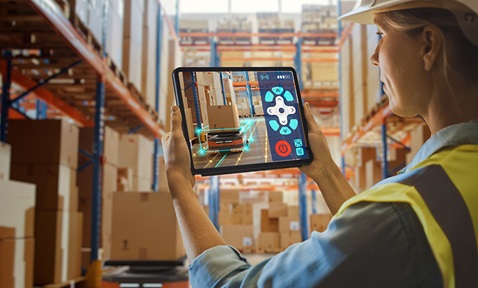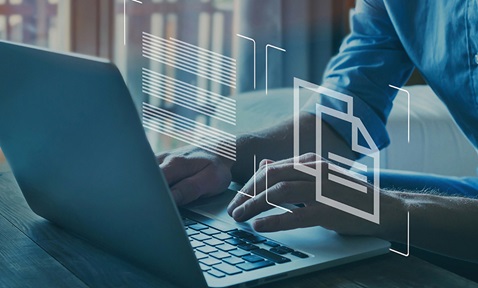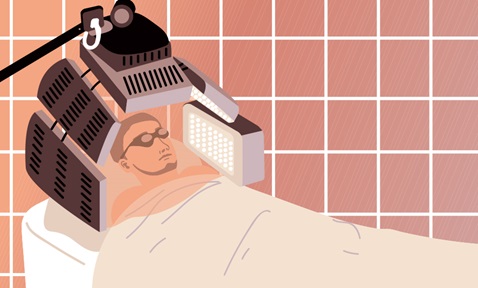
A System for Gait Assessment from Neurophysiological Signals
Synopsis
A system utilising electroencephalography (EEG) and deep learning for gait prediction in rehabilitation, offering non-invasive, real-time monitoring and personalised plans. The gait assessment system enhances comfort, integrates research with practice, and introduces a metric for gait recovery assessment.
Opportunity
This invention utilises EEG signals for lower limb gait decoding to assess rehabilitation status. It offers:
- Non-Invasive Assessment: Traditional methods for lower limb rehabilitation assessment may require cumbersome equipment or contact-based sensors. This invention, using EEG signals, achieves rehabilitation assessment without direct contact with muscles or movement organs, providing patients with a more comfortable and convenient rehabilitation experience.
- Real-Time Monitoring and Feedback: By decoding gait information from EEG signals in real time, changes during the rehabilitation process can be monitored promptly, providing rehabilitation professionals with timely feedback. This helps in adjusting the rehabilitation plan to better meet the individual needs of the patient.
- Personalised Rehabilitation: Due to potential variations in the physiological condition and rehabilitation needs of each patient, the method of decoding EEG signals can be adjusted for individual differences, offering customised rehabilitation plans to enhance rehabilitation outcomes.
- Integration of Research and Clinical Practice: This functional gait assessment technology integrates research with clinical practice, providing a powerful tool for both rehabilitation professionals and researchers that can be applied in actual clinical settings and offers reliable data support for further rehabilitation research.
Technology
We propose an advanced gait rehab system utilising deep learning-based EEG for precise gait assessment. This system also incorporates engaging real-time visual feedback training and introduces a unique metric for assessing gait recovery. The key innovation lies in the deep learning technique that accurately decodes EEG while the subject walks, providing accurate gait predictions. Preliminary studies demonstrate a Pearson correlation coefficient of 0.752 between regression results using the subject's EEG signal and actual gait.
The system suggests integrating the predictor with a virtual avatar to offer visual feedback for the user. The predicted gait pattern controls the avatar, simulating walking. This closed-loop training enables users to monitor how well their brain activity translates to the avatar's gait, enabling them to make adjustments to minimise discrepancies from the expected (normal) gait pattern.
Additionally, a new metric is proposed for evaluating gait rehabilitation and recovery status. It quantifies the patient's gait recovery state based on the deviation between predicted gait from the proposed technique using the user's EEG and normal gait. Modulations in this metric over time will indicate the effectiveness of the proposed rehabilitation.
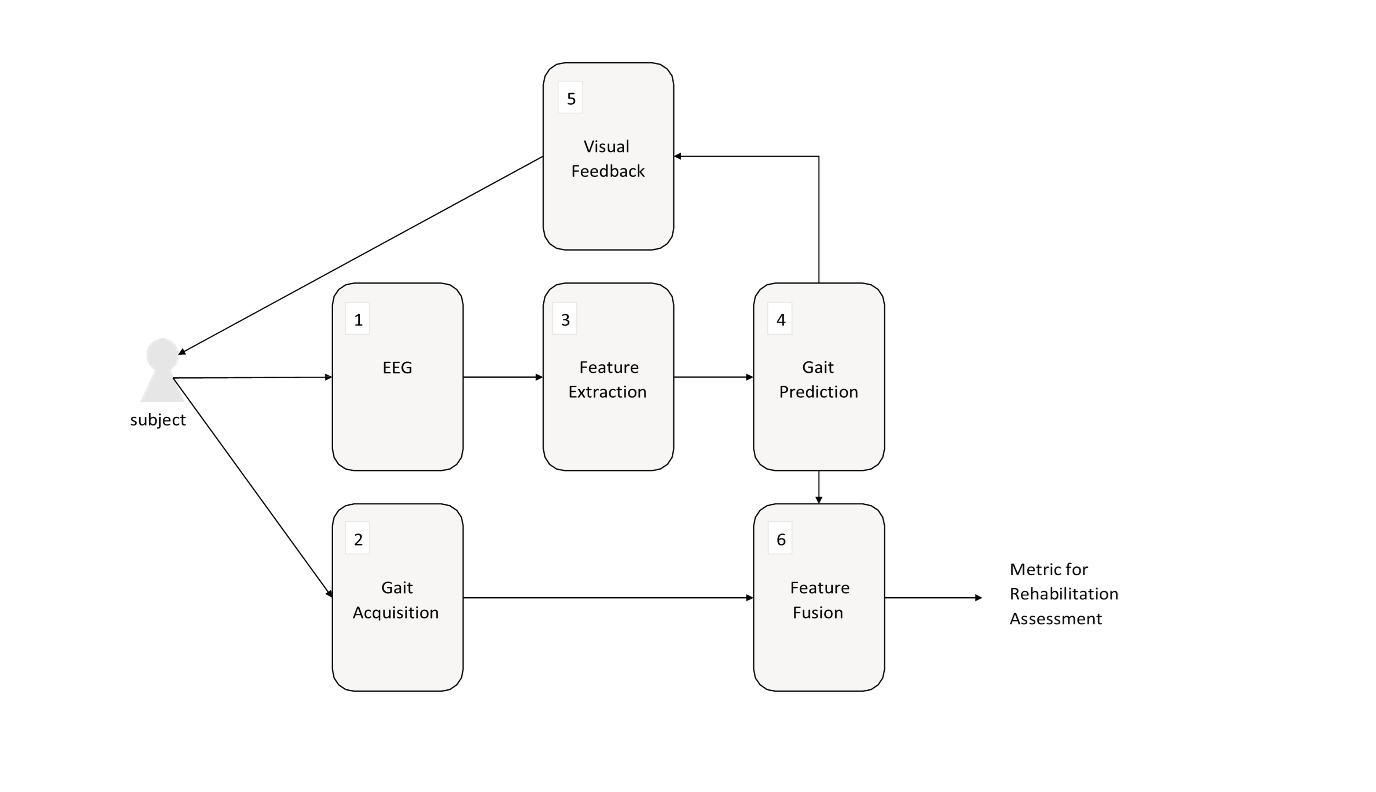
Figure 1: Schematic of the proposed gait rehabilitation system that features a deep learning technique for gait prediction. It also generates a metric that quantifies patient’s gait recovery.
Applications & Advantages
- Rehabilitation Gait Assessment: Provides a non-invasive method for evaluating lower limb rehabilitation progress through EEG-based gait decoding.
- Personalised Rehabilitation Plans: Enables tailored rehabilitation programs by considering individual gait patterns and adapting clinical interventions accordingly.
- Assisted Neural Pathway Recovery: Facilitates effective motor imagery for patients through predicted gait feedback.
- Improved Patient Comfort: Eliminates the need for invasive sensors or physical contact, enhancing the overall comfort and experience for patients.
- Research Integration: Bridges the gap between research and clinical application, facilitating data-driven rehabilitation practices and furthering scientific understanding of gait rehabilitation.


.tmb-listing.jpg?Culture=en&sfvrsn=a0428bd8_1)


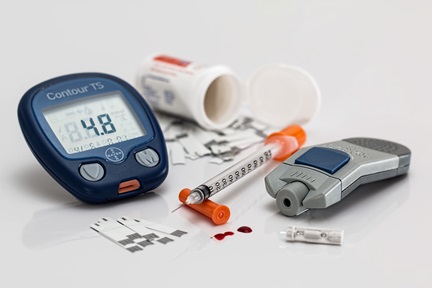
-with-those-from-other-fungi.tmb-listing.jpg?Culture=en&sfvrsn=3025740f_1)




